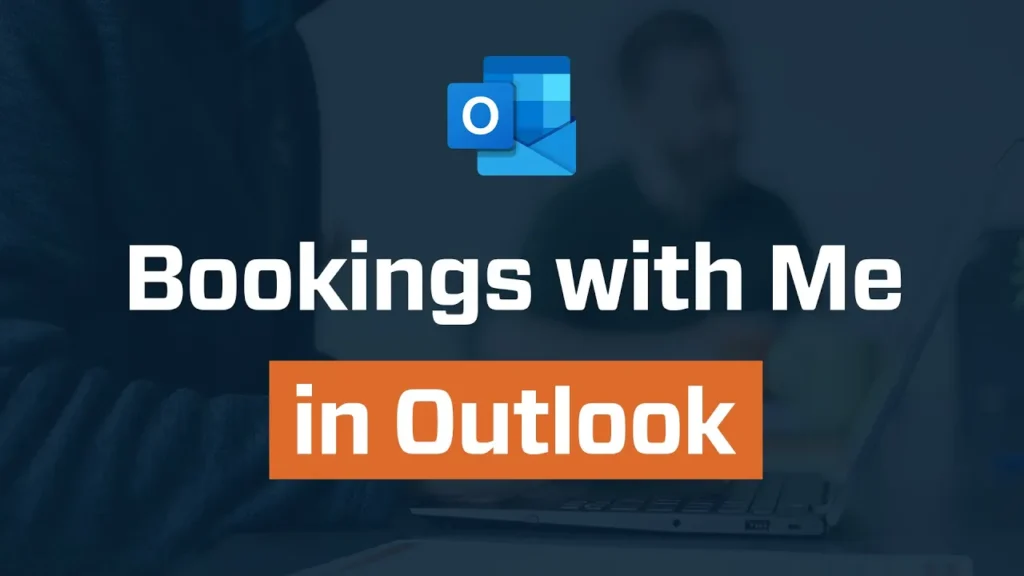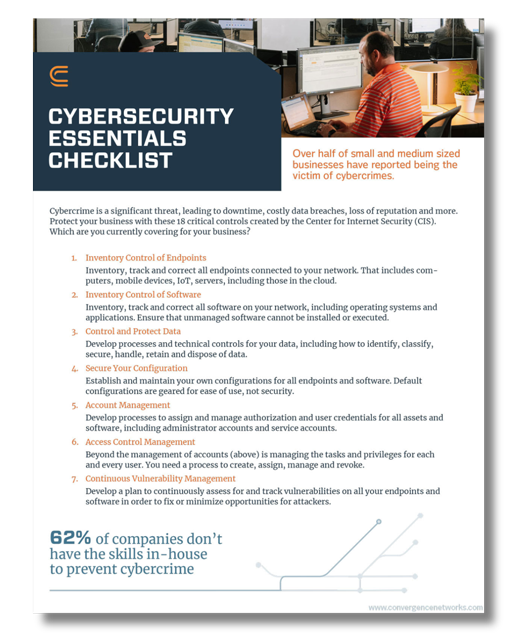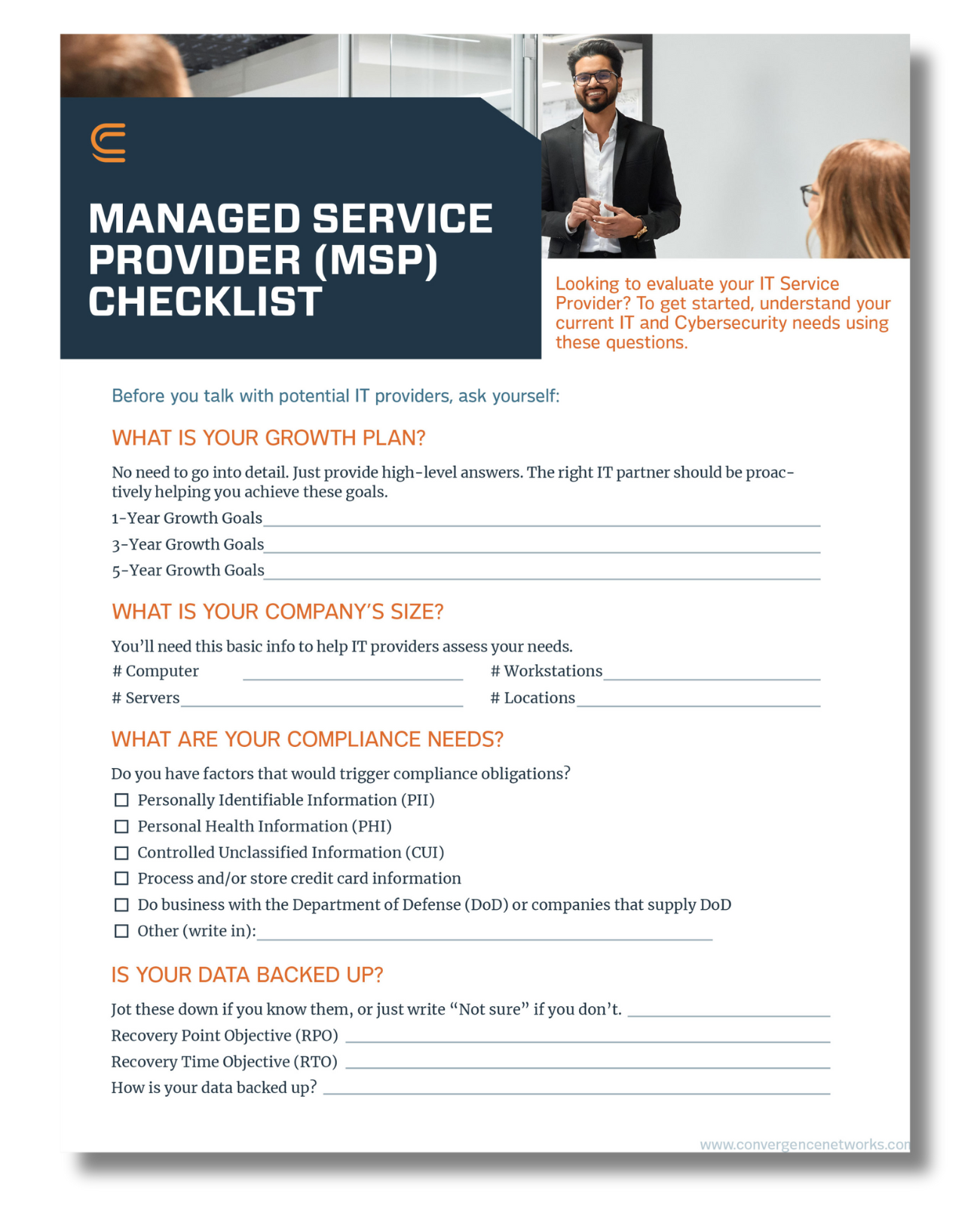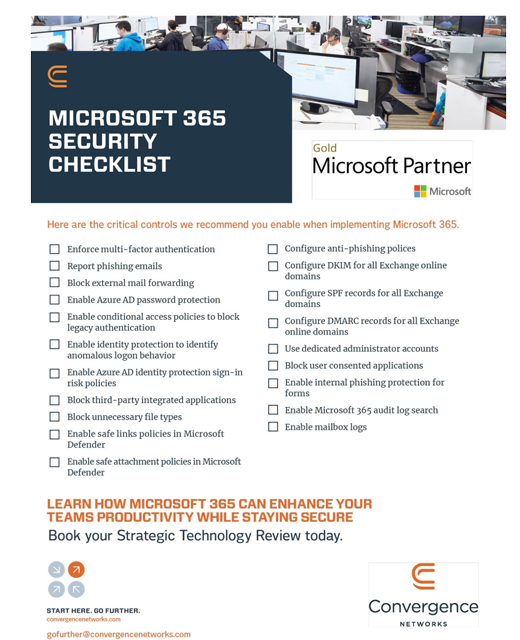Have you noticed that paying third-party vendors to handle your IT and streamline your operations is costing you more and more money? Or that the list of vendors keeps growing and growing because you add a new one every time there’s a new need? Managing all those vendors takes time and the intricacies of layering multiple applications into your environment is probably costing you efficiency and productivity. Hiring a managed service provider can help by reducing vendors and applications while improving how technology supports your business.
Having many vendors and applications could be hurting your business in a variety of ways, but most importantly by increasing costs and the time spent managing vendors.
What Do We Mean by Vendors and Apps?
Think of all the things you need to run your business that you don’t do directly or have a specific service to accomplish. The list can include:
- Antivirus and other security software
- Email security
- Data backup and disaster recovery services
- Internet
- Business phone systems
- Hardware vendors (for purchase and maintenance)
- Website hosting
- Communication apps (e.g., Zoom, Slack)
- Timekeeping or accounting
- File management
- Vendor management systems (VMS)
- And many more
Isn’t an MSP Another Vendor?
The right MSP won’t function like just another vendor that provides a product or service. The MSP will act as a partner, leveraging technology to streamline your operations while also taking the management of your vendors and apps off your plate.
Possible Ways to Reduce Vendors
If you have multiple vendors offering the same things, decide which vendor is best for your business. Often a vendor you already use may provide other services you aren’t using that can replace another vendor or app. Having five apps from a single vendor is almost always less maintenance and cost than having five apps from five different vendors.
Look for vendor overlap and assess what you would gain and lose from consolidation to one vendor. Would there be any gaps with the switch? What losses might there be if the consolidated vendor is unable to close those gaps?
A managed service provider can help not only by taking the heavy lifting off your plate: The MSP will also have years of experience and expertise with the very vendors you are evaluating and can provide insight to help in your decision making. Here are some questions to ask:
- What can each vendor do for my business? What can’t they do?
- What are their biggest strengths and what are their biggest challenges?
- Do they offer short-term or long-term contracts?
- Do they partner with other vendors to provide certain services? If so, which ones?
- Are there additional fees to offset the costs of them partnering with other vendors?
- How would they consolidate the IT needs of my business and reduce the expense of multiple vendors?
- When it comes to assessment and management, what applications or methods would they use to manage the risk?
- Do they supplement my services with the use of multiple applications? Why?
Once you’ve gone through these issues with each vendor, it should become clear where there are overlaps and which could be let go.
How to Reduce Applications
Security is a good place to start to find unnecessary redundancies with applications. Protecting company data is important and there are various platforms and applications available to increase cyber security for your business and help prevent data breaches. But you don’t need a million of them to protect your data.
Listed below are a few ways to reduce redundant applications to successfully protect and maintain your information:
- Use “save as” instead of save. When you back up a file, only back up the changes, not the whole file. That alone will speed up the process and lower the bandwidth requirement. To do this, when you change a file, don’t just “save” it but use “save as” instead. This action will replace the last file saved with the new changed file and will not keep both.
When the data redundancy increases with time, it eats up a huge chunk of your server’s storage space equating to having less space for new data and more time to retrieve that data. Longer time to retrieve data will affect the overall performance of your business.
Also, the same data stored in several places can confuse users and make it difficult for them to identify which data they should access or update. There is a higher likelihood that you may end up with corrupt reports or analytics that can cost you your organizational growth.
- Ditto for folders. Do the same for a storage folder or file. Save as, not just save. You will be amazed at how much redundancy there is in that alone.
- Compress and de-duplicate. Some companies use compression as a way to reduce storage. Though that is useful, it does not eliminate interfile redundancies (duplication). Ask your current vendor how they handle de-duplication and compare them to others.
- Cut down on file sharing. The more servers you use to store and share company information, the more opportunities a cyber criminal has to steal company information. There is no need to take advantage of all the multiple file sharing servers available (Microsoft OneDrive, Dropbox, Google Drive, OneHub, etc.) simply because they exist. That just makes it easier for cyber criminals to get your data through malware, ransomware, etc. Using a single file-sharing platform that makes the most sense to your business is the best choice.
- Limit remote access. Like reducing file sharing, you should limit the number of applications your company uses to offer remote access. Not all remote access applications offer the same level of security. Provide a single remote access application that uses multi-factor authentication methods to secure and protect your data.
- Only use applications that require authorization. Not every member of your staff needs to have access to all your corporate files. Restrict or limit access to help prevent information from falling into the wrong hands or onto the wrong devices.
Need Help to Reduce Vendors?
If you are still using multiple vendors and applications to do the exact same thing, contact us. We’ll help you decide what you have, what you need and find the redundancies so you get on your way to reducing vendors and applications.











